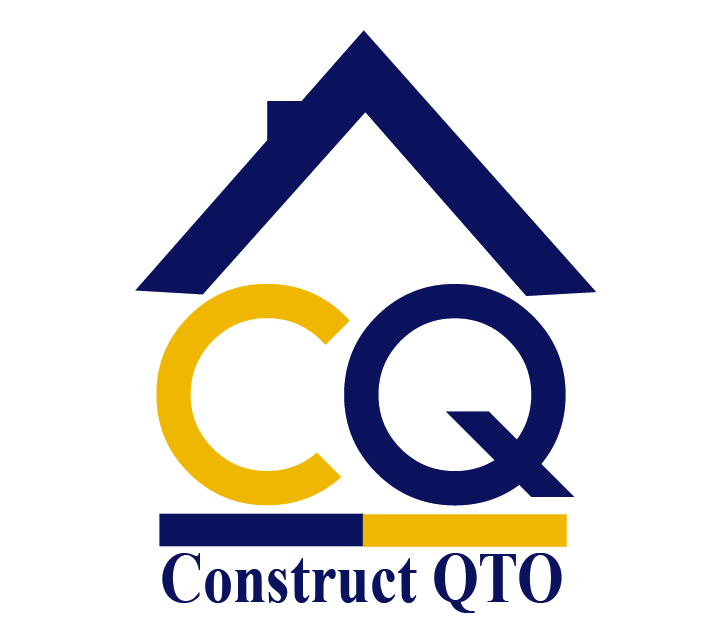To keep inside your budget, it’s essential to estimate project costs accurately. If your estimate is off, you can run out of money or possibly be unable to finish the project.
Although you can use software to speed up the process, successful project cost estimation involves careful preparation, reliable data, and the ability to anticipate probable hiccups. Whether a multi-story office building or a new website is being built, the same procedure must be followed.
Make a List
Include a list of all the steps taken to complete your project. This could involve things like getting permits, temporarily moving employment duties, or altering work schedules, as well as all the activities necessary to construct or put together the project. Ask a second person, if you can, to check your list to see if you missed anything. Don’t overlook tasks such as cleanup when the project is finished.
Estimate
Calculate the duration of each step. Knowing the time commitment facilitates estimating labor expenditures, which make up a significant portion of most projects. If you have never worked on a project of this nature, speak with a mentor or someone else in your business to see how much time they spent on projects of a similar nature.
Compute
Calculate the cost of your internal labor. This represents the price of employing and managing staff. Consider how many employees and how many hours each worker will work during each stage of the process. You may decide the project won’t require any extra internal labor expenditures if you anticipate your staff members completing it throughout the course of their regular workday. Calculating these expenses is a helpful exercise for subsequently demonstrating how your budget was used, though. Include any additional staffing costs you’ll incur for the project.
Figure It Out
Calculate the costs of external labor. This is the price you pay to engage specialists, such as an electrician, a plumber, or a consultant, to complete your project. These subcontractors can be asked for bids, or at this point in the project, you can just ask for their hourly rate and an estimate of how many hours you’ll need them.
Do Some Research
Do some research on the supplies you’ll need for the endeavor. Anything from concrete for a construction project, additional seats for a new conference room, or a bigger server for a new website could fall under this category. Again, someone with more experience in your field or a mentor could be able to assist you with this step.
Add them Up
Add up the price of each of these materials. Do not include the material expenses incurred by subcontractors who will provide their own supplies if those costs are already included in their bids.
Account Them
To account for cost overruns, overtime compensation, and supply price increases during your project, add an additional 10%. Depending on the project’s nature and your sector, this can range from 10 to 30 percent. Cost overruns are more likely in projects that are longer and more complex. Cost fluctuations in some industries, such as building, are more pronounced. You can use industry trade associations, your own experience, cost-estimating tools, and other resources to help you decide what percentage to increase your estimate by.
Create A Process
Create a process to monitor project costs over the course of the project. This could take the kind of consistent reports from contractors, a spreadsheet where each cost is entered, or some other approach. You can change your estimate as you go by keeping track of your costs. You’ll be able to recognize expense overruns and take action to rein them in before they spiral out of hand.
To Conclude
Project cost estimation enables you to accomplish your goals within the budget limits set by executives and stakeholders. When establishing a project’s parameters, precise project cost estimating must come first because it is one of the characteristics of successful progress.


